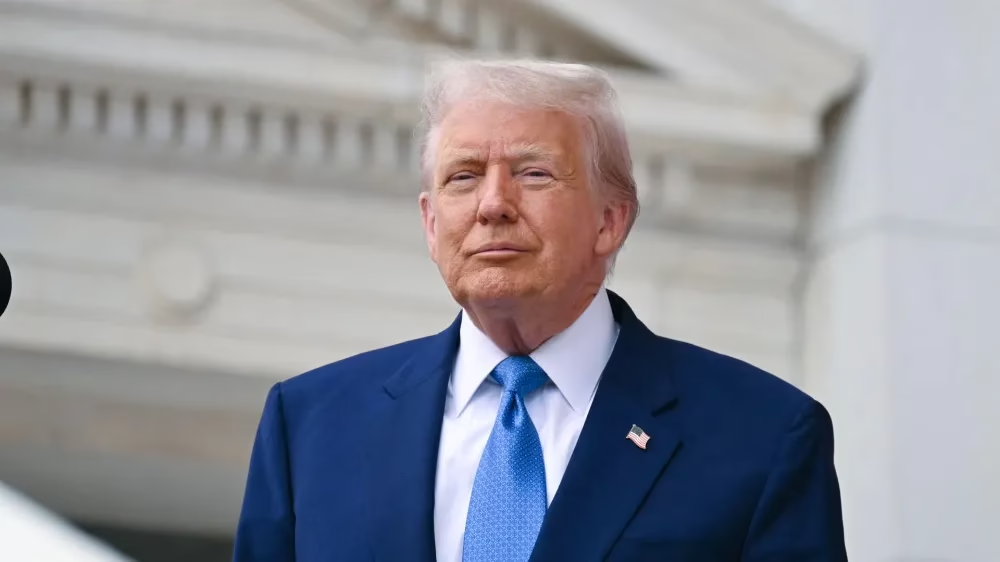A federal appeals court has temporarily reinstated President Donald Trump’s sweeping tariffs, a day after a U.S. trade court ruled that Trump had exceeded his authority in imposing them. The United States Court of Appeals for the Federal Circuit in Washington paused the lower court’s ruling while it reviews the government’s appeal, ordering the plaintiffs to respond by June 5 and the administration by June 9.
This decision comes after the U.S. Court of International Trade ruled on Wednesday that Trump’s so-called Liberation Day tariffs, which targeted imports from various U.S. trading partners, including Canada, Mexico, and China, were unconstitutional. The trade court held that the Constitution grants Congress, not the president, the power to levy taxes and tariffs. This ruling had threatened to block or delay the imposition of these tariffs, which Trump had used as leverage in international trade talks.
Trump’s administration had dismissed the trade court’s ruling, insisting they would either prevail on appeal or use other presidential powers to ensure the tariffs would go into effect. The tariffs have been a central part of Trump’s approach to international trade, with the U.S. imposing duties on goods from most countries as part of his broader strategy to secure better trade deals. Trump criticized the trade court’s decision on social media, calling it a threat to presidential power.
The trade court ruling had not disrupted ongoing negotiations with key trading partners, and U.S. officials expressed confidence that the tariffs would eventually be enforced. Despite the uncertainty, analysts noted that financial markets responded cautiously, with limited stock gains due to the protracted appeals process. The tariff uncertainty has already caused significant disruptions to U.S. businesses, costing them over $34 billion in lost sales and higher costs.
The appeals court’s temporary stay means the tariffs will remain at their current level of about 15% for the time being. This level was set after Trump reached a temporary truce in the trade war with China earlier this month. The uncertainty surrounding the tariffs and the legal battle may discourage countries like Japan from rushing into trade agreements with the U.S., analysts warn. The overall effective U.S. tariff rate had been between 2% and 3% before Trump’s return to office in January, highlighting the significant increase in trade barriers since the tariffs were introduced.



